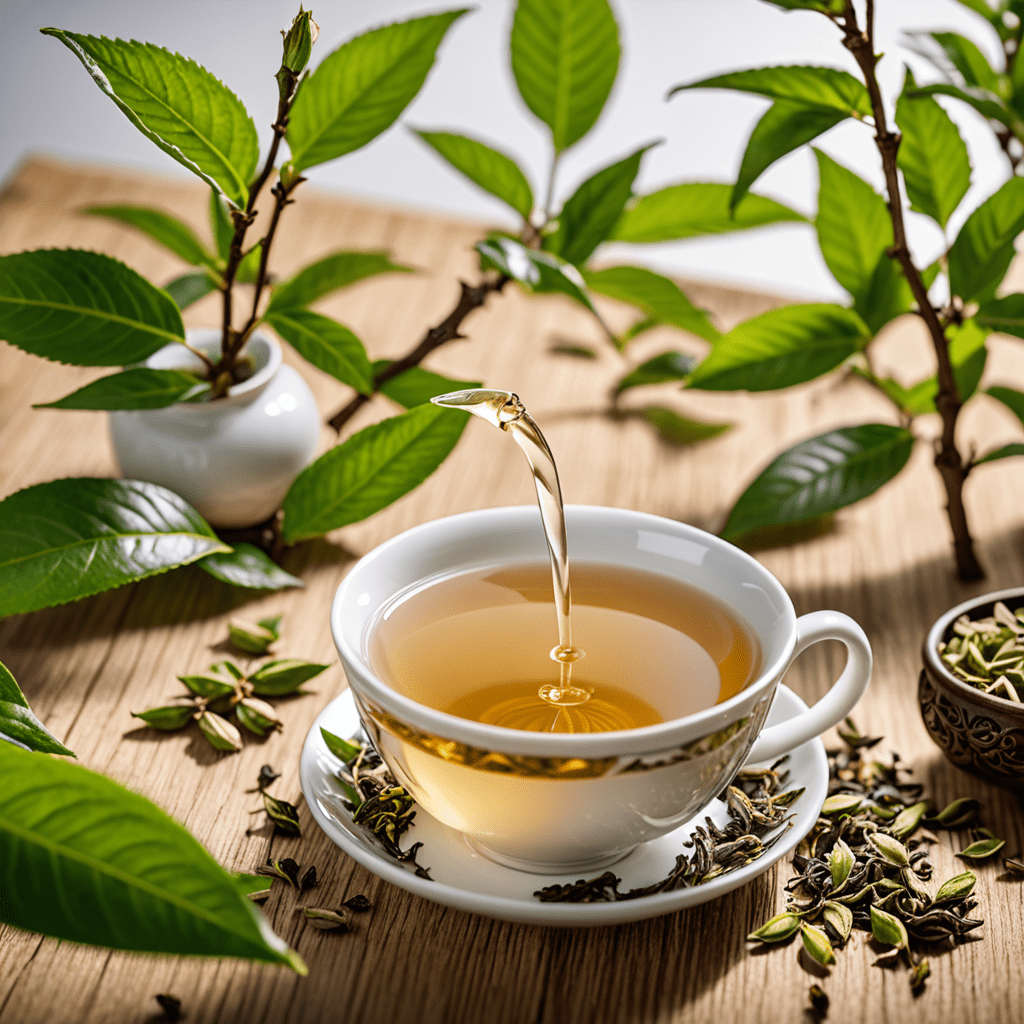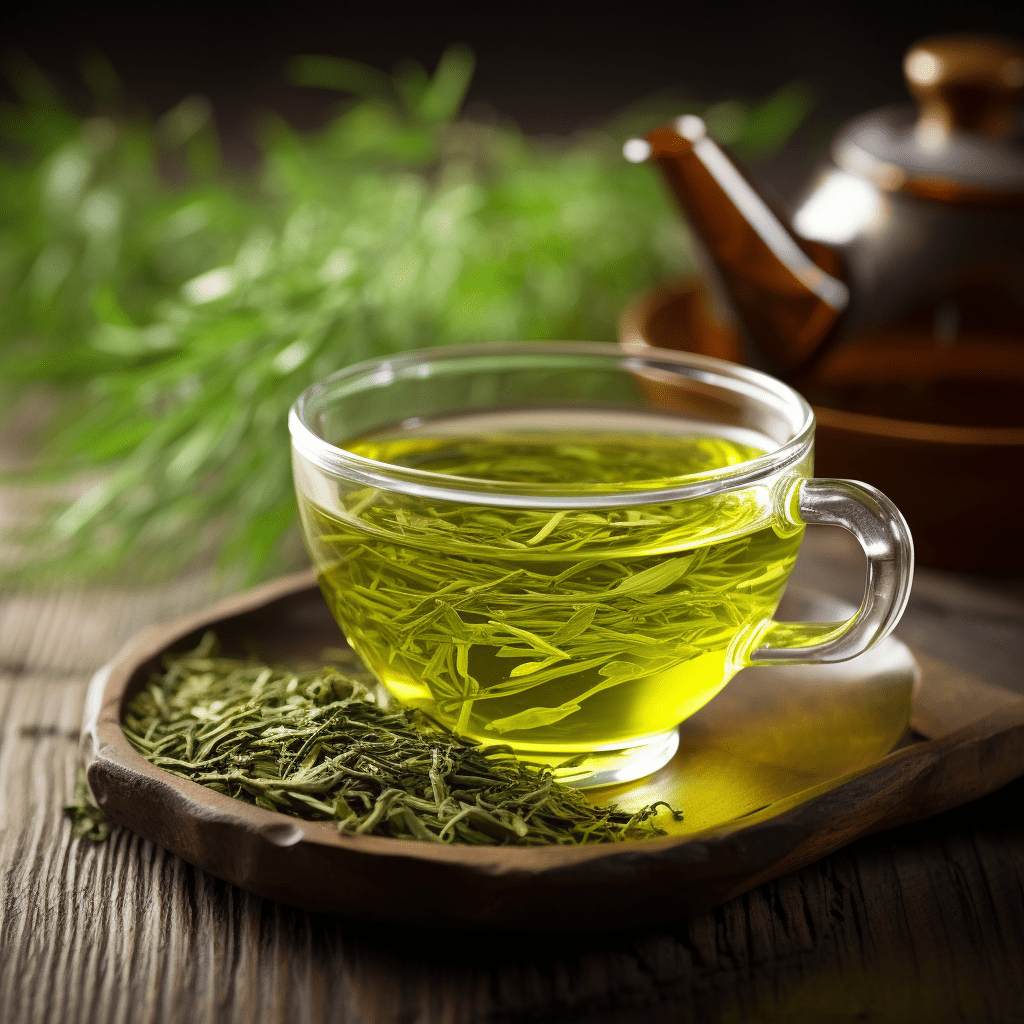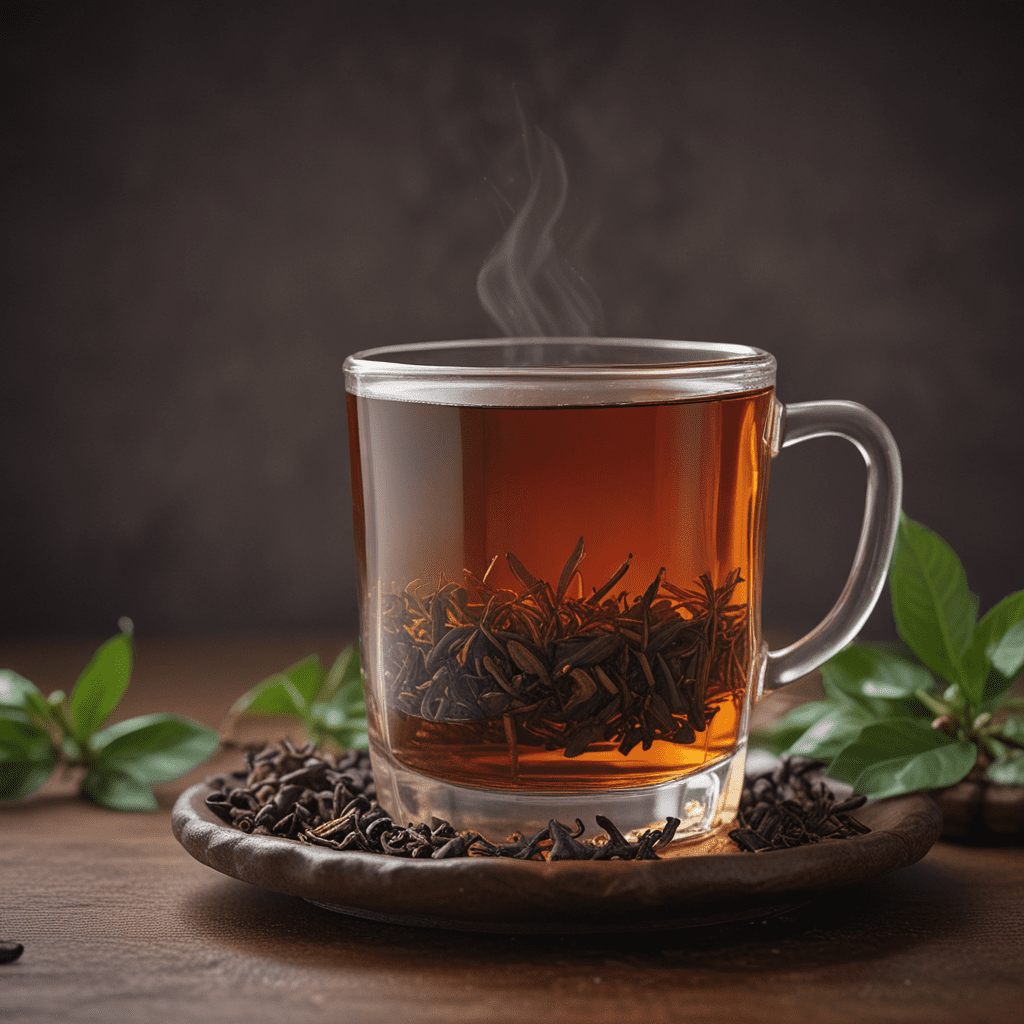White Tea: A Journey to Tea Harmony
White tea is a delicate and exquisite beverage with a rich history and unique characteristics. Let’s embark on a journey to discover the fascinating world of white tea and how it contributes to the harmony of tea culture.
Understanding White Tea
White tea is made from the young leaves and unopened buds of the Camellia sinensis plant. It undergoes minimal processing, allowing the leaves to wither and dry naturally. This gentle processing preserves the natural essence of the tea, resulting in a light, subtle flavor with floral and sweet undertones. White tea is renowned for its high levels of antioxidants and low caffeine content, making it a popular choice for those seeking a soothing and healthful beverage.
The Art of Brewing White Tea
To fully savor the delicate nuances of white tea, it’s essential to approach the brewing process with care. Water temperature and steeping time play crucial roles in bringing out the best qualities of white tea. With its delicate nature, using water at around 175°F and steeping for 2-4 minutes is generally recommended. This gentle approach ensures a nuanced and delightful infusion, allowing the tea’s subtle flavors to unfold gracefully.
Varieties of White Tea
White tea comes in various forms, each offering a distinct experience. Silver Needle, also known as Baihao Yinzhen, is made solely from the unopened buds and is prized for its delicate flavor and velvety mouthfeel. Bai Mu Dan, or White Peony, combines both the buds and leaves, resulting in a slightly stronger flavor profile with a hint of sweetness. Other varieties such as Shou Mei and Gong Mei provide diverse options for white tea enthusiasts to explore.
Health Benefits of White Tea
Aside from its captivating taste, white tea offers a plethora of health benefits. Its high antioxidant content contributes to overall well-being and may help in reducing the risk of chronic diseases. White tea also contains properties that support skin health, promote weight management, and aid in maintaining a healthy heart. With its minimal processing, white tea retains the maximum potential of natural compounds, making it an excellent choice for those seeking a health-conscious beverage.
The Cultural Significance of White Tea
Throughout history, white tea has been revered for its elegance and cultural significance. Originating from China, where tea ceremonies hold a special place in tradition, white tea symbolizes purity, tranquility, and harmony. Its delicate flavor and subtle aroma contribute to a sense of serenity, making it a fitting choice for moments of reflection and relaxation. White tea embodies the essence of balance and simplicity, inviting a peaceful harmony into the rituals of tea drinking.
Pairing White Tea with Culinary Delights
The nuanced flavors of white tea can be complemented with an array of culinary delights. Its delicate and floral notes harmonize beautifully with light pastries, fresh fruits, and subtly flavored desserts. Additionally, white tea serves as an exceptional palate cleanser, making it an ideal accompaniment to a variety of cuisines. Its gentle character enhances the dining experience, offering a refreshing and refined beverage to accompany an array of culinary adventures.
Embracing the Essence of White Tea
White tea stands as a testament to the beauty of simplicity and the art of subtlety. Its gentle allure and healthful properties contribute to a holistic tea experience that transcends the ordinary. With its rich history, delicate flavors, and cultural significance, white tea invites enthusiasts to embark on a journey towards tranquility and tea harmony, creating moments of pure bliss with every invigorating sip.
White Tea: A Journey to Tea Harmony
What is white tea?
White tea is a delicate type of tea made from the young leaves and buds of the Camellia sinensis plant. It undergoes minimal processing, allowing the leaves to retain their natural antioxidants and a light, subtle flavor.
How is white tea different from other teas?
Unlike green or black tea, white tea undergoes minimal oxidation and withering. This preserves its delicate flavor and results in a lower caffeine content compared to other teas.
What are the health benefits of white tea?
White tea is rich in antioxidants, which may help promote overall health. It’s also believed to support healthy skin, aid in weight management, and contribute to heart health.
How should white tea be brewed?
To brew white tea, use water that is around 175°F (80°C) and steep the leaves for 1-3 minutes. Using too-hot water or steeping for too long can lead to a bitter taste.
What does “tea harmony” mean in the context of white tea?
Tea harmony refers to the delicate balance of flavors, aromas, and the overall sensory experience that white tea provides. It’s about finding a state of tranquility and mindfulness while enjoying this elegant beverage.



